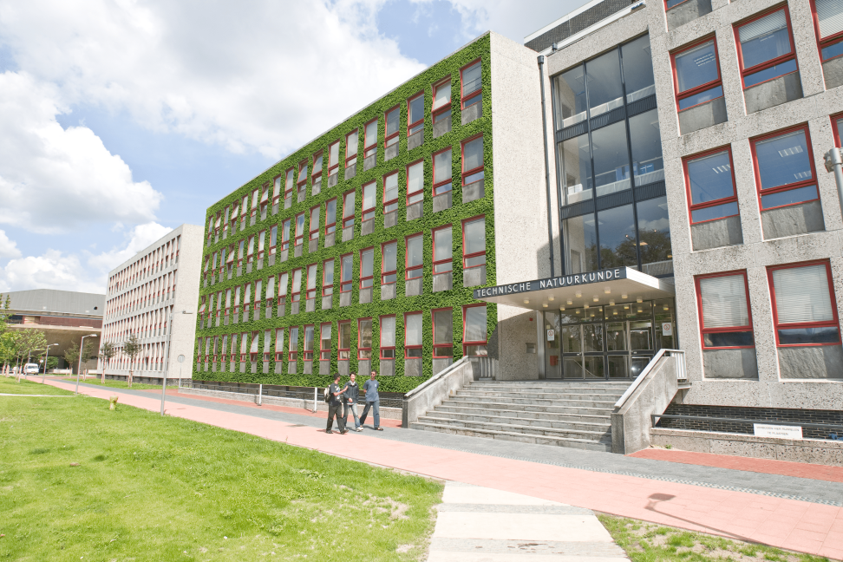
Respyre, an Amsterdam based start-up, are developing a bio-receptive concrete product that stimulates the growth of moss. With it, they envision turning cities into urban landscapes that – quite literally – breathe.
“We want to make the cities breath because at this moment they are suffocating,” says Mark de Kruijff, founder and CEO at Respyre.
De Kruijff, 26, started Respyre in 2020 in partnership with two professors from TU Delft. They were researching the crossover between biology and material science at the same time De Kruijff had his idea.
“I saw some empty walls and thought ‘what if we could just cover this with moss’,” recounts de Kruijff. “My knowledge back then was that moss could catch C02 and that it looked nice. So that is how it started.”
Urbanization of city centres has given many a place to live and work at the expense of greenery and, in many cases, air quality. Respyre’s solution is to cover cities with moss, promoting biodiversity and reducing contamination of pollutants in the air.
The Versatile Nature of Moss
“What is so brilliant about moss is that it doesn’t have roots,” says De Kruijff.
Instead, moss clings to surfaces with rhizoids – tiny hairs built for gripping onto a wall instead of compromising its structural integrity. This means the nutrients moss absorbs are nearly all from the surrounding air and water that flows past. Moss acts like a sponge and can hold up to five litres of water per square metre which would relieve building sewage systems. When the water evaporates, the outdoor temperature is cooled during inclement heat waves.
“The little plant brings so much”
Mark de Kruijff – CEO and Founder at Respyre
While normal moss growth can let moisture into a wall, Respyre’s bio-receptive concrete protects buildings by acting as a membrane around existing cement fabrications – “Just like a thick layer of paint,” explains De Kruijff.

Moss is also resilient and self-sustaining. It merely needs hydration during its initial germination process and, depending on the variety of moss, it will thrive all year – even through the winter months.
“The little plant brings so much,” says De Kruijff. “That’s why we are such big fans of it.”
Sustainable Building
While cities begin to explore green city strategies, such as green roofs and living wall systems, many of these are expensive to implement and maintain. By contrast, Respyre’s bio-receptive concrete is a simple solution of cement, additives, and nutrients that stimulate moss growth. It can also use recycled concrete materials in its production.
“It suddenly changes the whole vision of concrete, making it into a sustainable building material,” says De Kruijff.
The bio-receptive concrete product has already attracted the attention of architects and construction contractors in Europe who share that vision. However, De Kruijff sees the construction in Asia – particularly China – as an area where Respyre’s technology could make a real difference. Many cities in China focus on building tall, concrete buildings and have a relatively poor air quality – an ideal market for the addition of bio-receptive concrete.
Respyre have a patent pending on their bio-receptive concrete product and, for now, are focusing on opportunities at home.
“We want to be the driving force in showing people that this is possible,” says De Kruijff. “We want to be an example and inspiration to other countries.”







